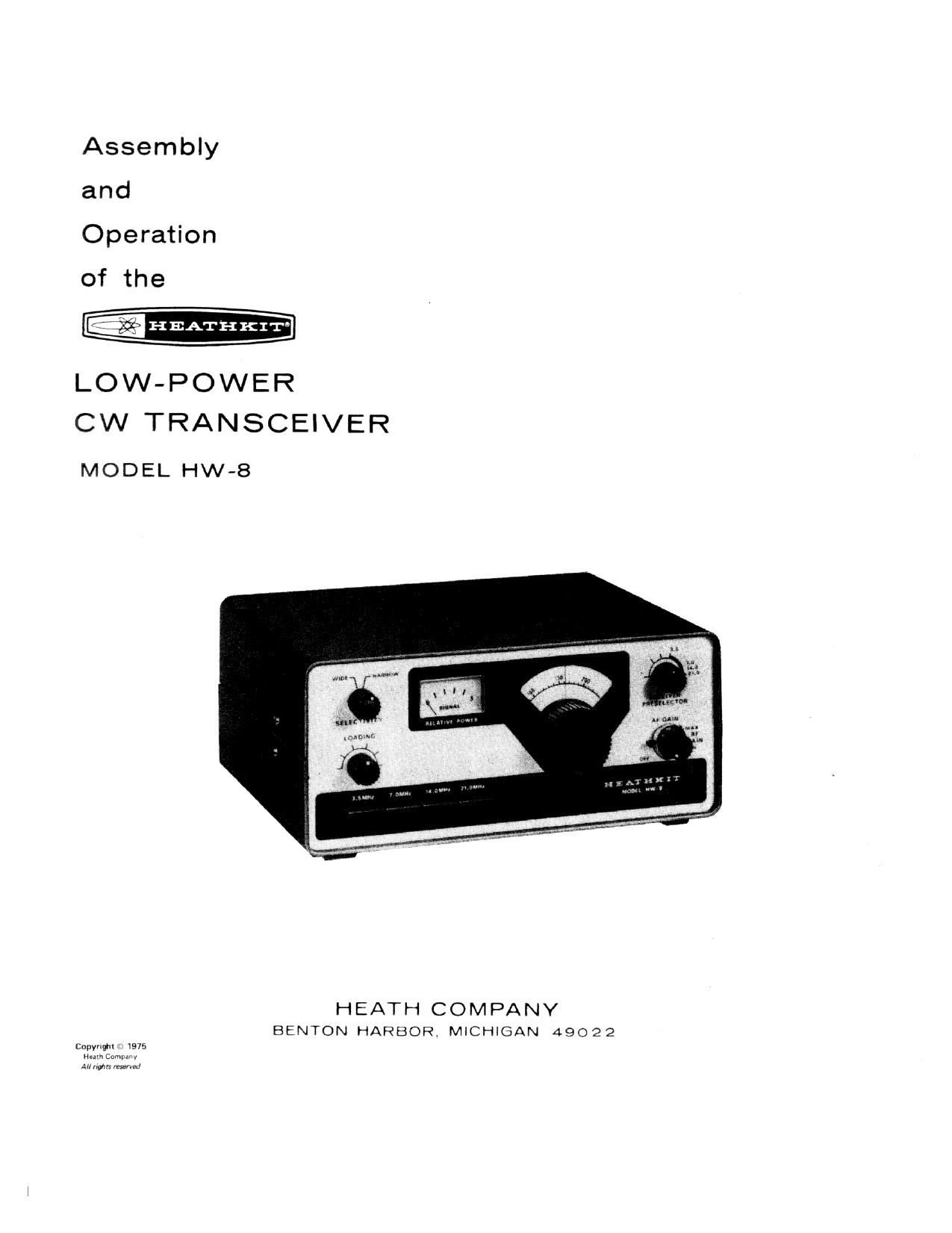Heathkit HW 8 CW Manual
This is the 29 pages manual for Heathkit HW 8 CW Manual.
Read or download the pdf for free. If you want to contribute, please upload pdfs to audioservicemanuals.wetransfer.com.
Page: 1 / 29
